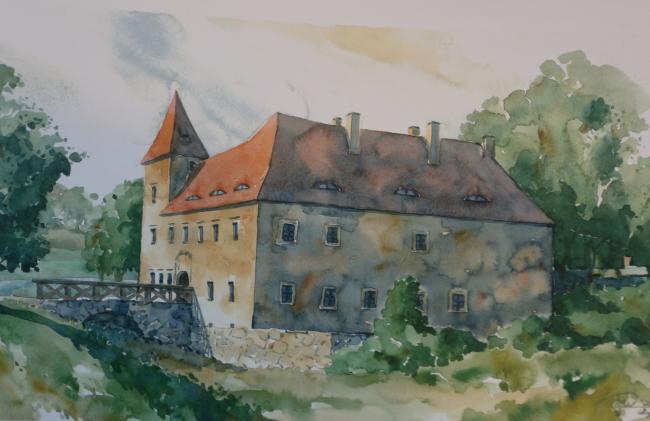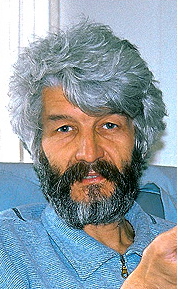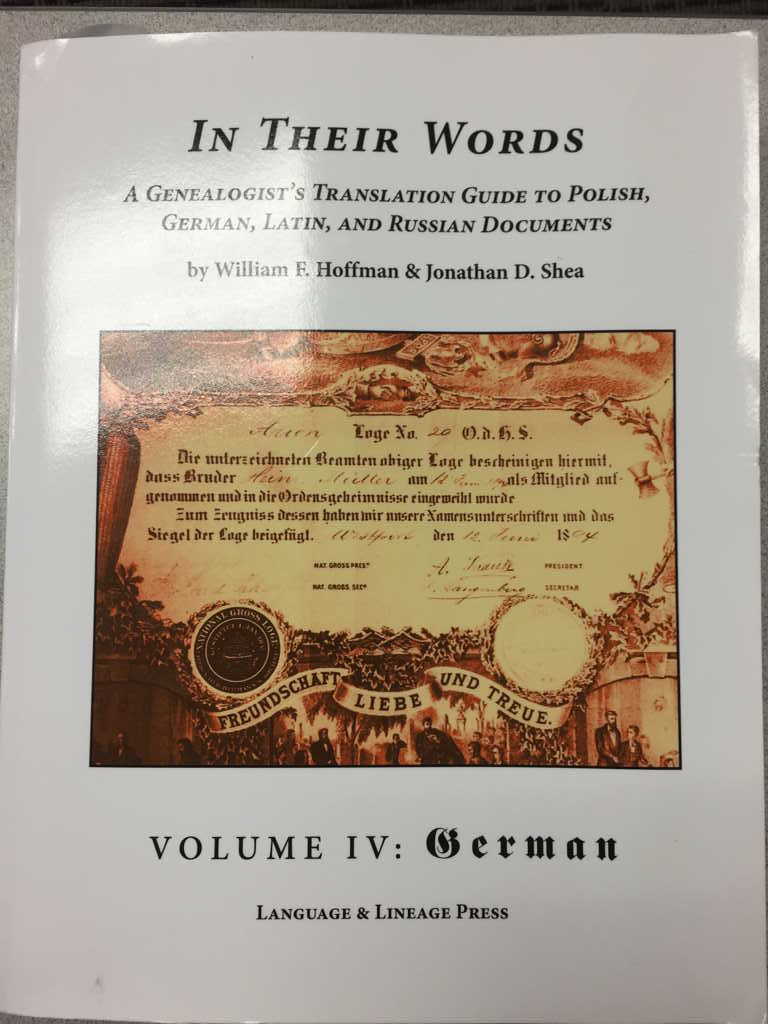Dwór Czarne Pt 1 - Genealogy helps Historian solve a mystery
 Your family history research may help more than your family. Normally history helps genealogists find their ancestry, but in this case, genealogy helped a historian.
Your family history research may help more than your family. Normally history helps genealogists find their ancestry, but in this case, genealogy helped a historian.When Łukasz Firkowski and I began researching the Firkowski family in order to find out how we were related, I knew that the information that we put up on my website may attract relatives so we could expand our family knowledge, but I had not anticipated some other benefits that have occurred since then.
Our research has helped historians in Poland. The latest example of this is the inquiry I received the end of the summer last year by the curator of a Museum in Jelenia Góra, Poland.
Jacek Jakubiec, the curator of Dwór Czarne (Black Manor) in
 Jelenia Góra, Poland sent me an email in September of 2013 requesting any information I had on someone with the surname Firkowski/Wirkowski that might have been associated with Black Manor. Since this town is not known to be the center of ancestry of any of the Firkowski family, there was little I could do in assisting him with only a surname.
Jelenia Góra, Poland sent me an email in September of 2013 requesting any information I had on someone with the surname Firkowski/Wirkowski that might have been associated with Black Manor. Since this town is not known to be the center of ancestry of any of the Firkowski family, there was little I could do in assisting him with only a surname.Jacek was an altar boy, a scout, sailor, model airplane hobbyist, an athlete, and assistant professor at the Technical University of Wrocław. In 1971, life events brought him to Jelenia Góra. Jacek was the lead designer of its urban plan. With the ecological degradation of the local land, he felt the need to get involved in the civic environmental movement. He had a year internship in Hanover, Germany and then studied during a stay in Mexico. He has been the curator of Black Manor since 1977. In addition to his rescue from death, his life achievements are: He won several awards and prizes in competitions for urban planning. The readers of the Jelenia Góra newspaper “Nowiny Jeleniogórskie” awarded “Man of the Year” to Jacek in 2006. Jacek is married with four children and four grandchildren.
Follow along on this multipart series on how genealogical information was used to help solve the mystery of Dwór Czarne (Black Manor) in Jelenia Góra, Poland.






